Exoplanet 55 Cancri e found to have atmosphere in scientific first
The super-Earth planet known as 55 Cancri e is surrounded by an atmosphere of gases, a groundbreaking new study has revealed – but does this mean it holds the conditions to sustain life?
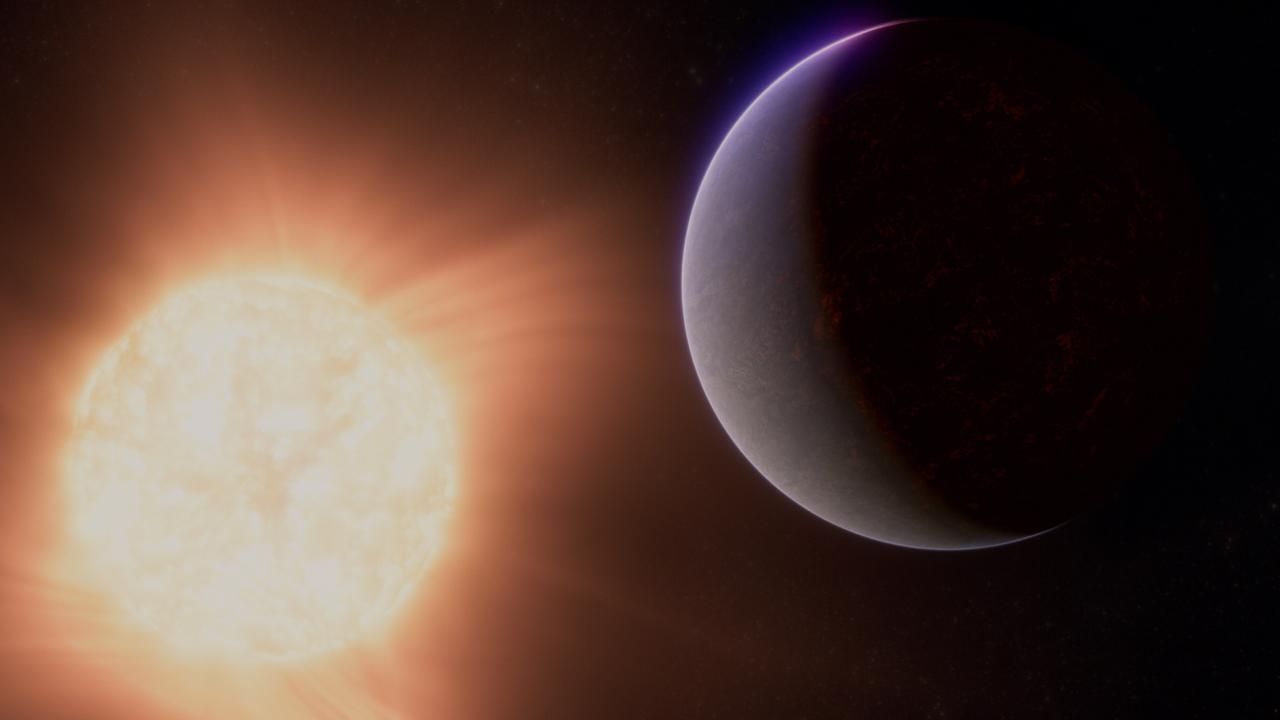
READING LEVEL: ORANGE
Astronomers have discovered an atmosphere surrounding the super-Earth planet known as 55 Cancri e.
Two instruments on board the James Webb Space Telescope were used to measure the infra-red light coming from the planet, which is 41 light years from Earth and was first discovered in 2011.
The measurements showed that, like Earth, the rocky planet is surrounded by an atmosphere of gases. What the atmosphere is made of, however, has been found to be quite different to the life-giving gases surrounding our planet.
For years, astronomers had been searching for rocky planets beyond our solar system with an atmosphere, something that is considered essential for harbouring life.
While the discovery of an atmosphere around 55 Cancri e was an important breakthrough, the “hellish” planet – so named because it appears to have a surface of molten rock – has offered no hope for hosting life as we know it.
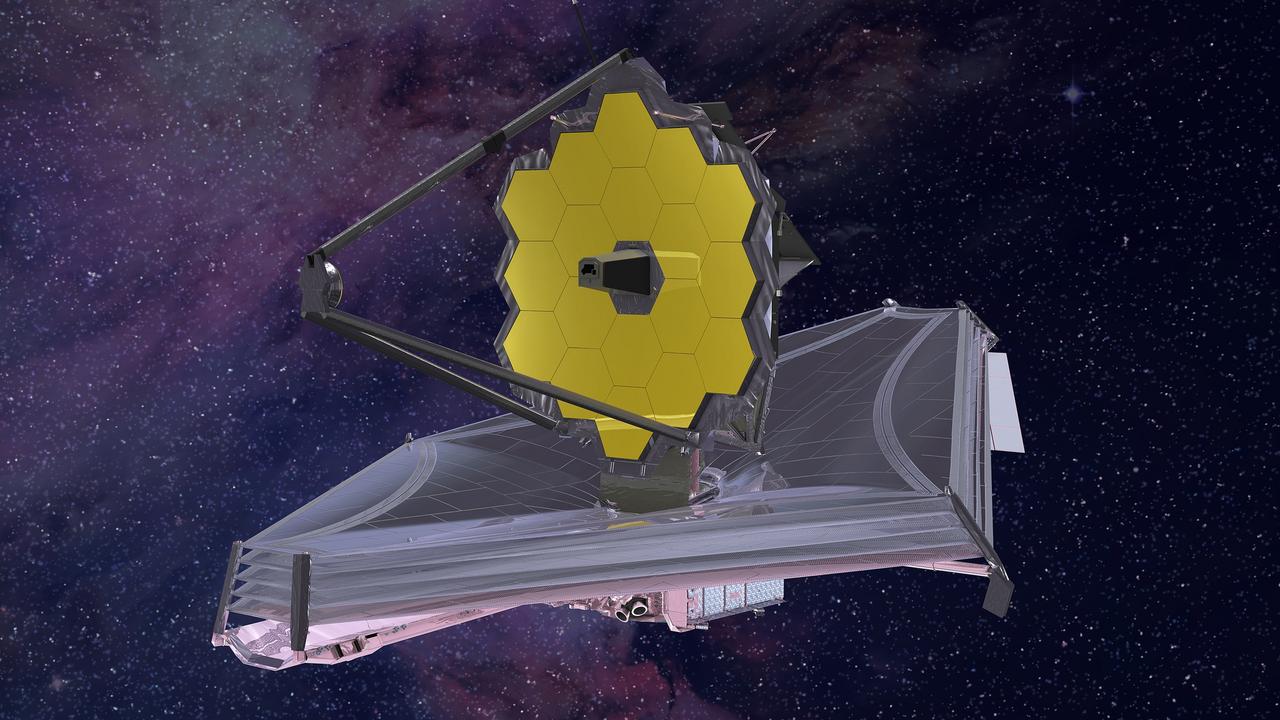
The observations made by the astronomers couldn’t pinpoint exactly what the atmosphere was made of but lead author of the study, NASA Jet Propulsion Laboratory and Caltech planetary scientist Dr Renyu Hu, said it was probably quite different to our own.
“The atmosphere is likely rich in carbon dioxide or carbon monoxide, but can also have other gases such as water vapour and sulphur dioxide,” Dr Hu said of the planet, which closely orbits a star smaller than our sun.
Being so close to its host star, the atmosphere should be stripped away by stellar irradiation and winds. But gases dissolved in the vast lava ocean thought to cover the planet may keep bubbling up to feed the atmosphere, he said.
“The planet cannot be habitable,” Dr Hu said, because it is too hot to have liquid water – another element considered essential for life.
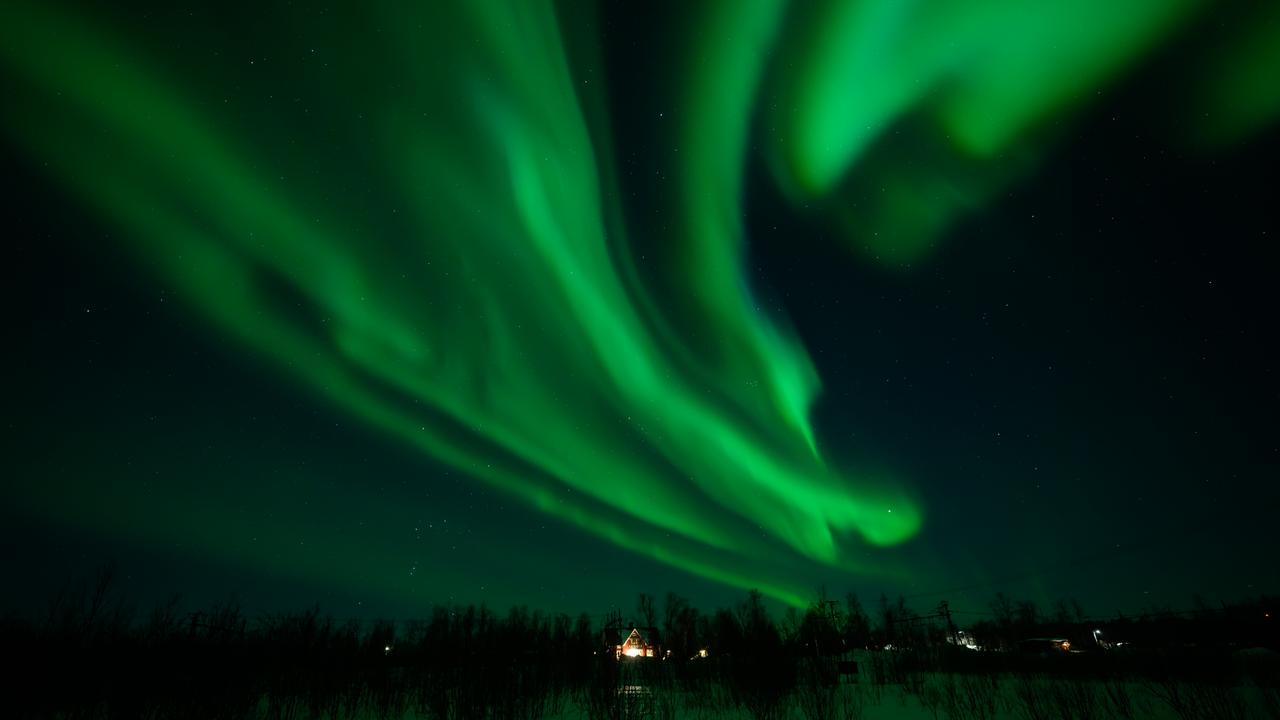
The Webb data couldn’t give an exact idea of the atmosphere’s thickness. Dr Hu said it could be as thick as Earth’s or even thicker than that of Venus, whose toxic atmosphere is the densest in our solar system.
WHAT DO WE KNOW ABOUT 55 CANCRI E?
Considered a super-Earth, 55 Cancri e is a rocky world about 8.8 times larger than Earth but smaller than Neptune.
An exoplanet, it is located outside our own solar system but within the Milky Way galaxy in the constellation Cancer, about 41 light-years from Earth.
A light-year is the distance light travels in a year, about 9.5 trillion km.
Also known by the name Janssen, 55 Cancri e orbits perilously close to a star dimmer and slightly less massive than our sun, completing an orbit every 18 hours or so.
The orbit is about one-25th the distance between our solar system’s innermost planet Mercury and the sun. As a result, its surface temperature is as hot as 1725 degrees Celsius.
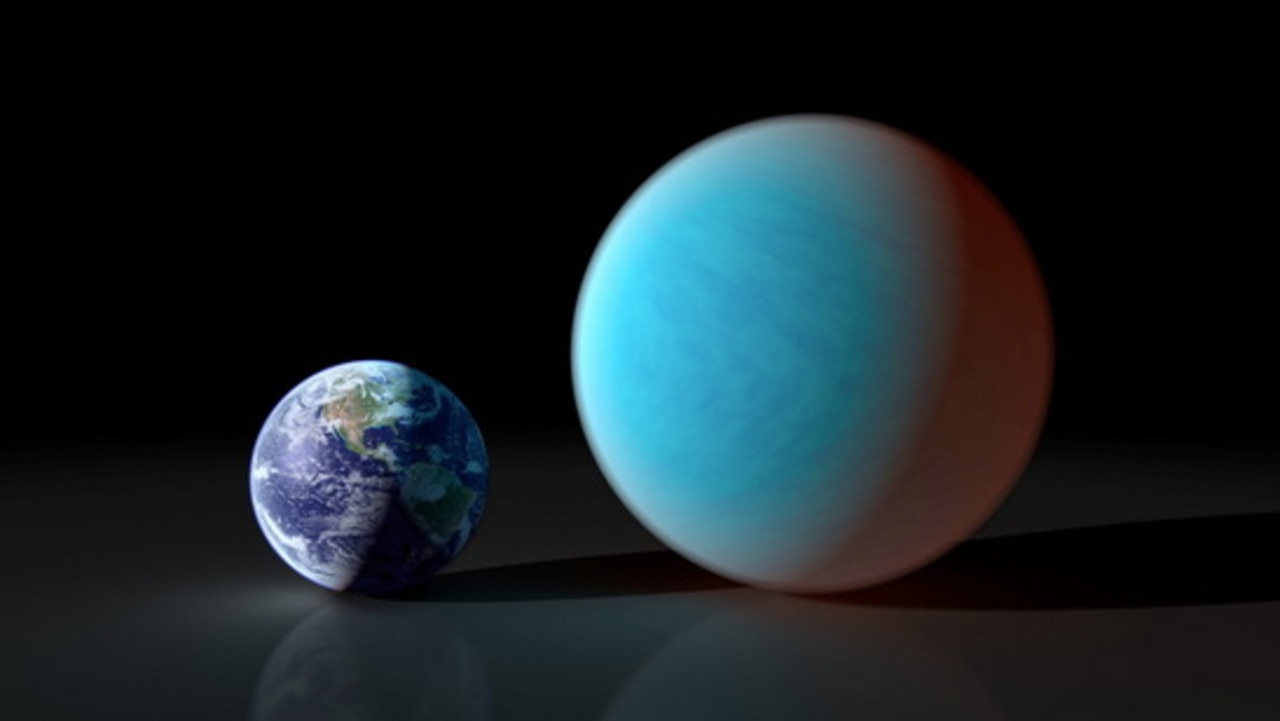
“Indeed, this is one of the hottest-known rocky exoplanets,” said astrophysicist and study co-author, University of Bern Center for Space and Habitability Professor Dr Brice-Olivier Demory, based in Switzerland. “There are likely better places for a vacation spot in our galaxy.”
The planet is likely to be tidally locked, meaning it always has the same side facing its star, much like the moon does toward Earth. Four other planets, all gas giants, are known to orbit its host star.
That star is gravitationally bound to another star in a binary system. The other one is a red dwarf, the smallest kind of ordinary star. The distance between these stars is 1000 times the distance between Earth and the sun, and light takes six days to get from one to the other.
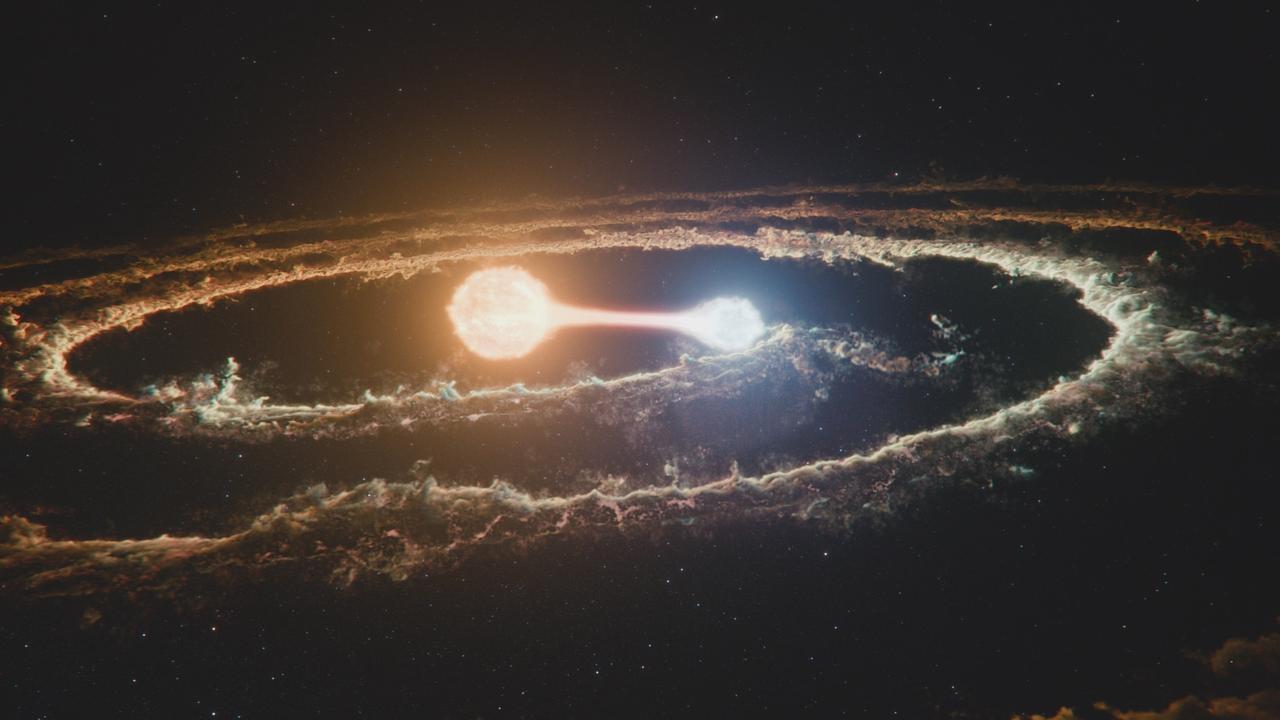
WHAT DOES THIS DISCOVERY MEAN FOR SPACE EXPLORATION?
As the James Webb telescope opens new doors to exoplanet exploration, the discovery of a rocky one with an atmosphere has been a groundbreaking find.
In the past, all of the previous exoplanets found to have atmospheres were gaseous planets, not rocky ones. The discovery on 55 Cancri e has marked the first time a rocky planet beyond our solar system has been proven to have an atmosphere.
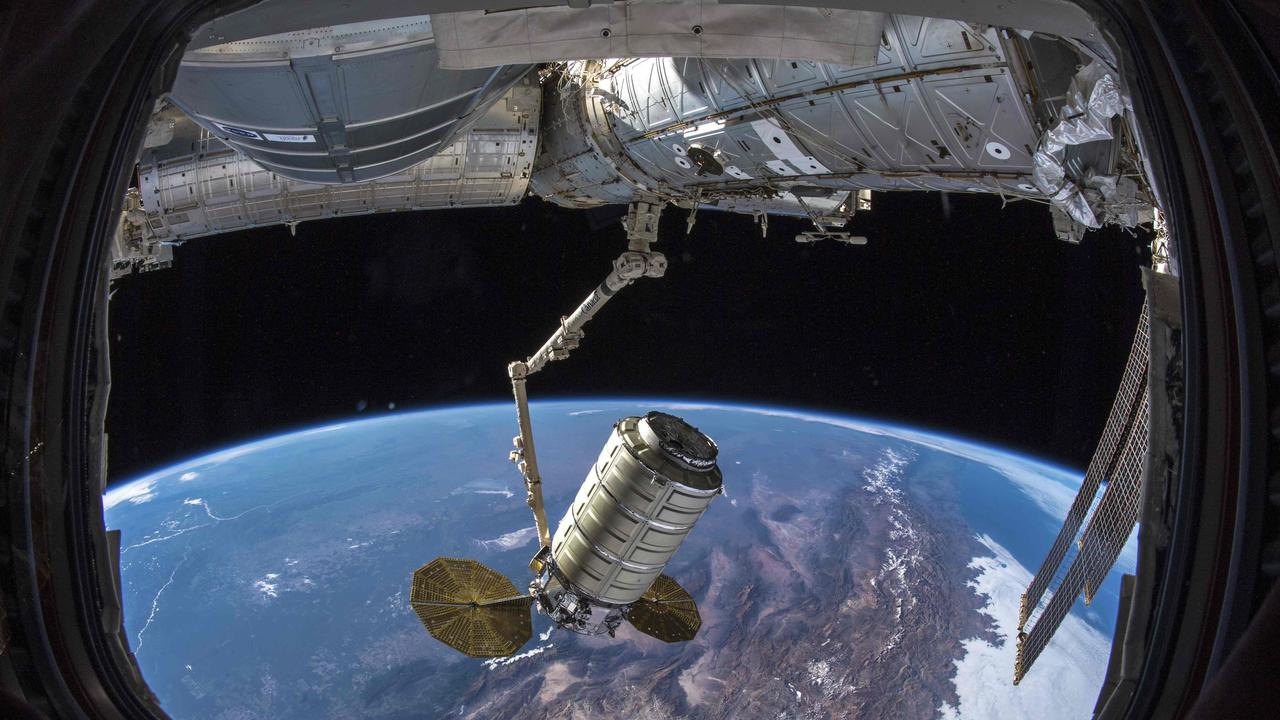
On Earth, the atmosphere warms the planet, contains the oxygen people breathe, protects against solar radiation and creates the pressure needed for liquid water to remain on the planet’s surface.
“On Earth, the atmosphere is key for life,” said Prof Dr Demory. “This result on 55 Cancri e entertains the hope that Webb could conduct similar investigations on planets that are much cooler than 55 Cancri e, which could support liquid water at their surface. But we are not there yet.”
POLL
GLOSSARY
- super-Earth: a type of planet outside our solar system that are much bigger than Earth but lighter than ice giants Uranus and Neptune
- sulphur dioxide: a toxic, colourless gas with a strong odour released naturally by volcanic activity
- stellar irradiation: extreme heat energy emitted by a star that can burn away a nearby planet’s atmosphere
- habitable: able to be lived on
- exoplanet: a planet outside our own solar system
- binary system: a system of two stars linked by a gravitational pull
EXTRA READING
New view of Milky Way monster
Stars snack on planets in space
Rare glimpse into birth of stars
QUICK QUIZ
1. How did astronomers find out if 55 Cancri e had an atmosphere?
2. What are two gases thought to make up 55 Cancri e’s atmosphere?
3. How hot does it get on 55 Cancri e?
4. What are two other facts about 55 Cancri e that were mentioned in the article?
5. Why can’t 55 Cancri e be considered habitable?
LISTEN TO THIS STORY
CLASSROOM ACTIVITIES
Create a life form
Can you imagine a type of life form that could survive and thrive on 55 Cancri e? Draw and write a description of your life form. Remember to include the features that help it survive and grow on this planet.
Time: allow at least 30 minutes to complete this activity
Curriculum Links: English, Science, Visual Communication Design
2. Extension
Why do you think distances in space are measured in light years rather than in kilometres? Write down as many reasons as you can think of. Then, use your research skills to see if any of your ideas are correct!
Time: allow at least 25 minutes to complete this activity
Curriculum Links: English, Science
VCOP ACTIVITY
BAB it!
Show you have read and understood the article by writing three sentences using the connectives “because’’, “and”, and “but” (BAB). Your sentences can share different facts or opinions, or the same ones but written about in different ways.

